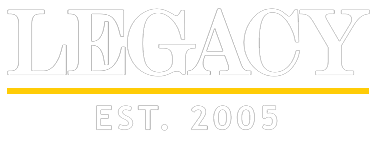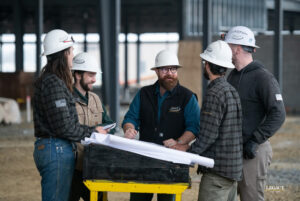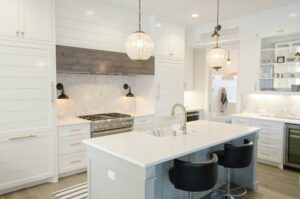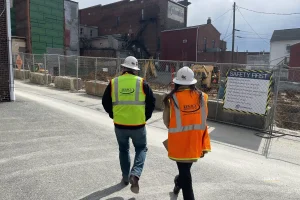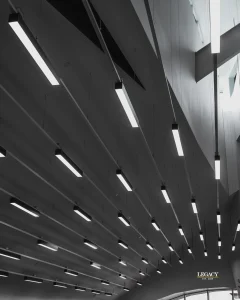Design-Build construction is quickly overtaking the traditional construction process due to the freedom this model allows in completing projects on a deadline. Design-build, as defined by the Design-Build Institute of America (DBIA), is an integrated project delivery method, that can potentially be implemented by any contractor. In design-build projects, a culture of collaboration is fostered as the designer and contractor work as a team to develop a unified plan from the beginning of the project. At Legacy, we take this a step further.
“Your project becomes our project as we walk alongside you to illuminate your vision.” – Joshua Mellott, President
Collaboration:
The first and foremost step when approaching a design-build project is to assemble a team. Working with people you trust and want to build with elevates communication, respect, and innovation. Unlike bid-spec projects in which the designer hands off a completed plan-spec to be bid out to the contractor, design-build is a collaborative effort from all parties. It all begins with a “napkin drawing” – a rough sketch of a big idea. From there, we break down each part of the build collectively to develop the infrastructure and design. When approaching projects this way, contractors can advise on timing and material selections as they have their finger on the pulse of supply availability and functionality. Clients are able to communicate directly with the design-build contractor and be on site to see their vision come to life. In design-build, the team starts together and finishes together.
Speed & Solutions:
As is the nature of the industry, problems will arise in any construction project ranging from a shortage of supplies to a delay in the supply chain; weather; or any number of other unforeseen factors. In a traditional bid-spec process, these issues can slow down or halt progress. Having the liberty to find solutions is what separates design-build. Because it is a fluid process from start to finish, plans can shift mid-project to stay on schedule while providing alternative, budget-consciousness paths forward.
Scale and Economy:
Another key element of the design-build process is that everyone on the team has an understanding of how the space will be used today and, in the future. This allows us to make choices that can grow with you based on current versus future expansion needs or budget considerations. The result is a lifetime value benefit in energy savings and maintenance costs. This solution-focused mindset allows us to take aim at what others say is impossible and make it possible, always asking “what if?”
While there are pros and cons to both construction models, if you have a project that needs to be completed in a specific timeline and want flexibility and creative control, design-build could be an effective and economical way to bring your vision to life.
Watch to learn more about how Legacy approaches the design-build process!
